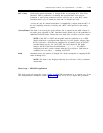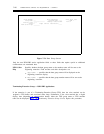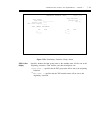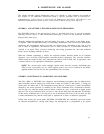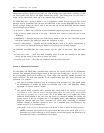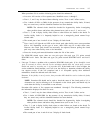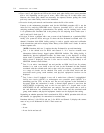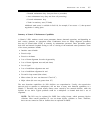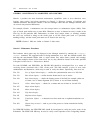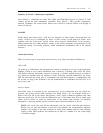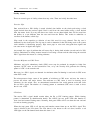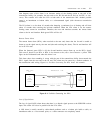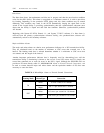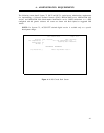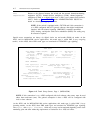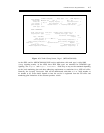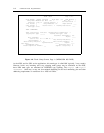
MAINTENANCE AND ALARMS
8-5
3
Demand maintenance busy (busy-out from a procedure)
4
Auto maintenance busy (busy-out from call processing)
5
Far-end maintenance busy
6
Trunk in transitory state (T-limbo)
Additional trunk status is available in field 10; for example, if test status = 5, then protocol
negotiation is taking place.
Summary of Generic 2 Maintenance Capabilities
A Generic 2 DS1 monitors several status parameters, detects abnormal operations, and depending on
their severity generates an appropriate alarm. Furthermore, there are offline diagnostic procedures
that may be started either locally or remotely by maintenance personnel. These procedures permit
both local and network loopback testing as well as viewing of the monitored status parameters. Some
of the status parameters include:
●
●
●
●
●
●
●
●
●
●
●
Interface state-of-health
Excessive slips
Excessive misframes
Loss of frame alignment far end or hyperactivity
Loss of frame alignment near end (red alarm)
Loss of signal
Loss of multiframe alignment near end
Loss of multiframe alignment far end
Far-end in loop-around (blue alarm)
Minor alarm (bit error rate between 10
-6
and 10
-3
)
Major alarm (bit error rate greater than 10
-3
)
The error detection capabilities for DS1 facilities are comprehensive. Usually, the transmission
network (such as repeaters or multiplexers) will not have as many error detection capabilities as a
Generic 2. Therefore, the switch usually detects errors caused by the network facilities, while the
facilities do not alarm. Typical problems could be a multiplexer or channel bank that is out of
alignment.
NOTE: The DS1 may be optioned for B8ZS line coding format, which generates bipolar
violations. Most current generation T1 test sets detect bipolar violations as errors. Therefore,
these test-sets cannot be used on facilities that are optioned for B8ZS.




